In modern society, traffic noise has become an important issue for mental health. A significant contributor to this noise pollution is exterior tyre/road noise, which is caused by the interaction between tyre and road surface. The generation mechanisms are usually separated in structure borne and airborne noise, although there is discussion on their relative importance, see figure 1. It is commonly known that the dominant frequencies for exterior tyre/road lies in the range of 500–2000 Hz.
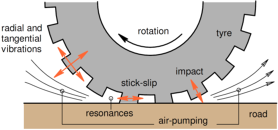
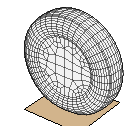
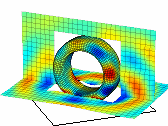
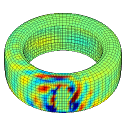
In order to reduce tyre/road noise at the source, accurate (numerical) prediction models are needed. The calculation of tyre/road noise is usually performed by means of four separate steps. First a detailed tyre has to be modelled by a three-dimensional finite element model, accounting for complex rubber material behaviour and a detailed tyre construction. Secondly the tyre vibrations are calculated. Due to severe nonlinearities in contact, the problem is solved in the time domain. For accuracy an explicit solver is used to calculate the transient behaviour a slick tyre rolling on a synthesized road surface. Thirdly the resulting vibrations of the tyre surface are interpolated on a fixed mesh and transformed to the frequency domain. In the last step these vibrations then serve then as an input for the sound radiation model. The results are then validated with experimental measurements figure 2.
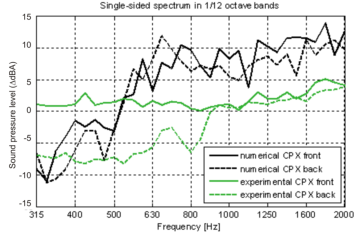
Figure 2: Experimental validation of a slick tyre rolling on an ISO road surface at 80 km/h
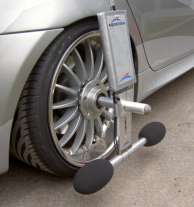
For more information regarding this project, contact J. Schutte

![]()


